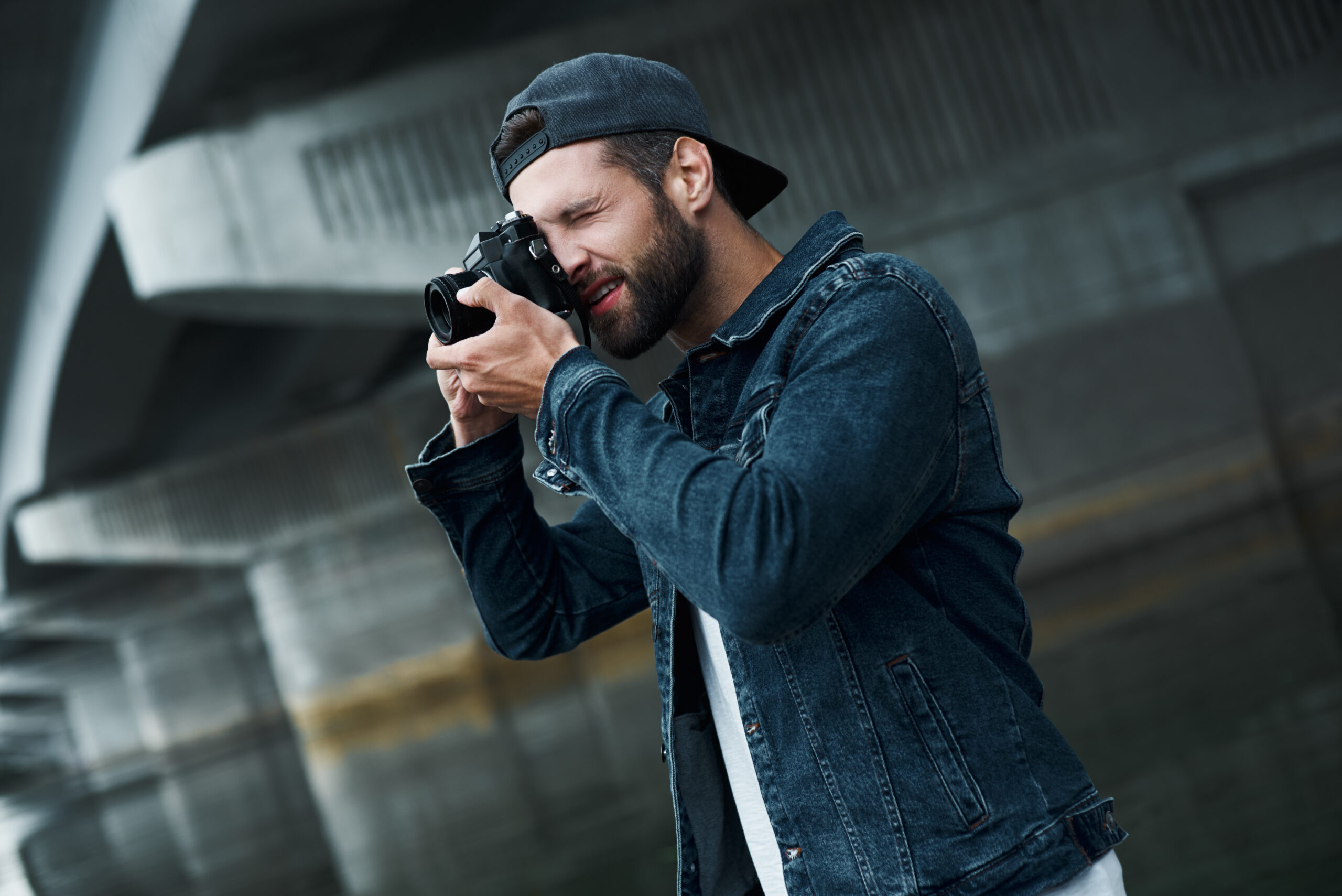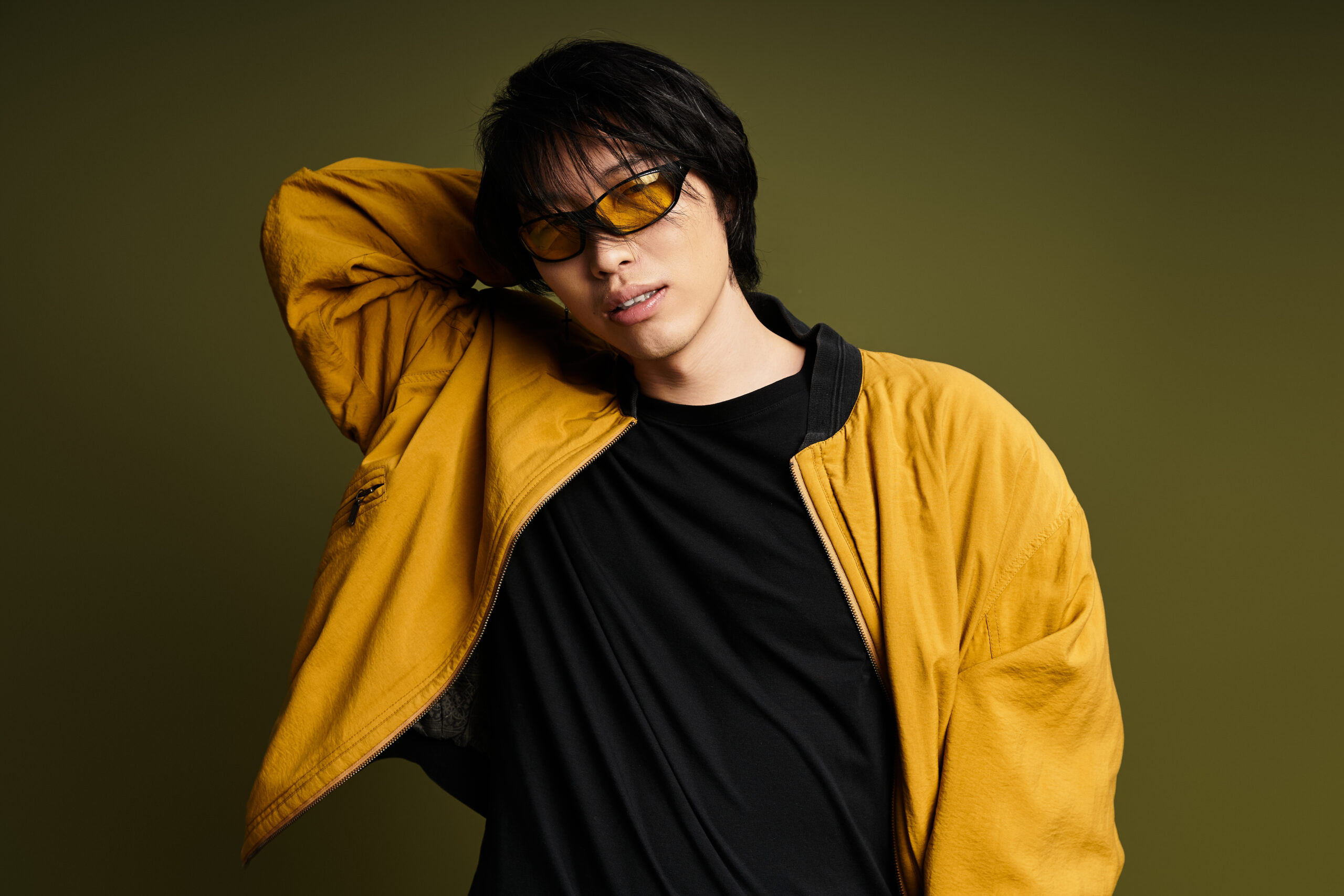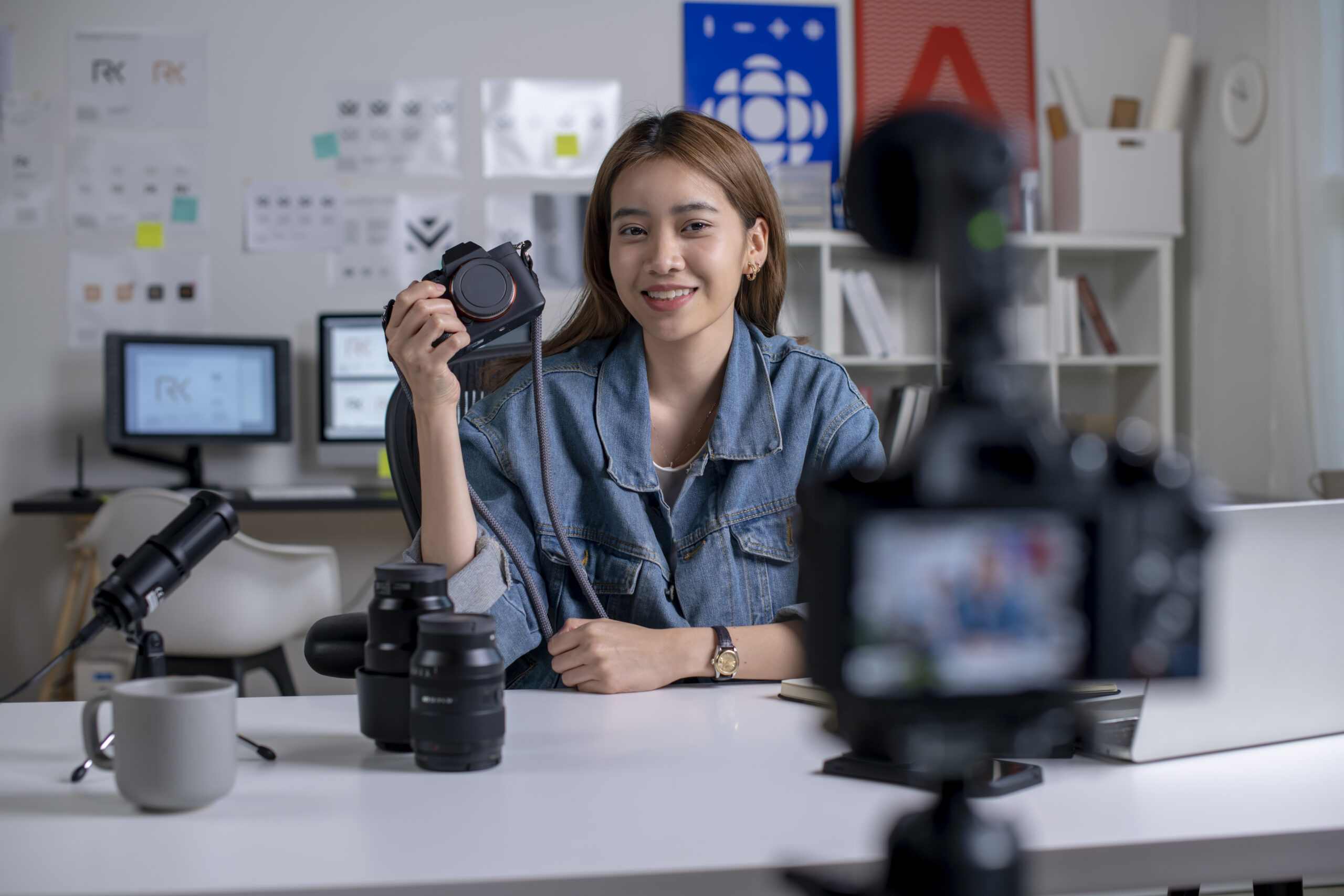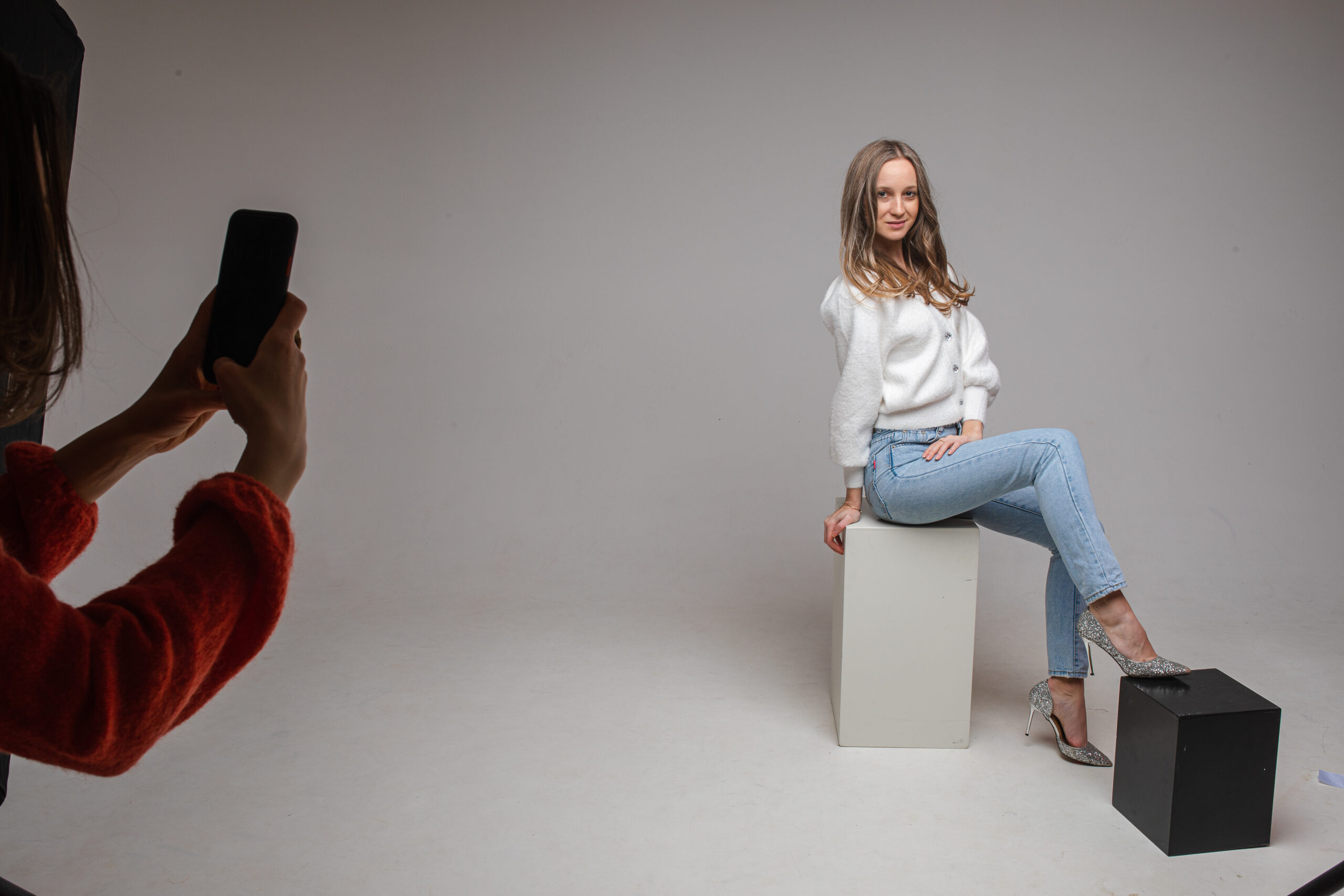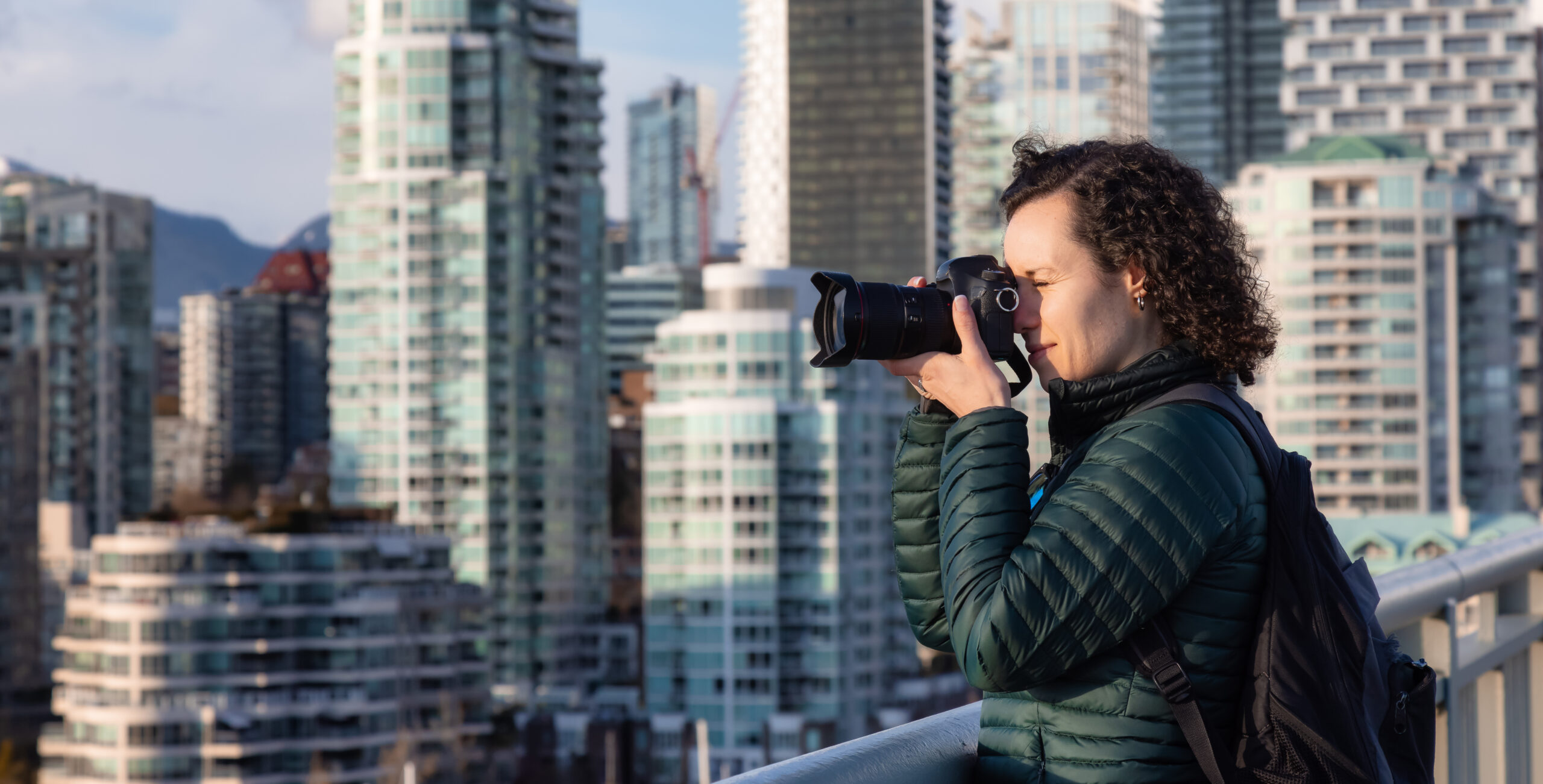In a world driven by visuals, the quality of your images can make or break your online presence. Social media platforms are crowded, and standing out requires more than just a quick snapshot. It demands thoughtful, high-quality visuals that tell a story and capture your audience’s attention. Understanding the principles of effective photography for social media is crucial for brands, influencers, and individuals who want to build a strong, authentic connection with their followers.
Visuals are processed by the brain thousands of times faster than text. This means your photos are often the first impression you make. Whether you’re showcasing a new product, sharing moments from an event, or building a personal brand, your images communicate your values, style, and professionalism. This guide will walk you through the essential elements of creating compelling social media visuals, from understanding your platform to mastering composition and lighting.
Why High-Quality Images Matter
Social media feeds are fast-moving streams of content. Low-quality, blurry, or poorly composed images are easily ignored. High-quality visuals, on the other hand, stop the scroll. They signal professionalism and care, building trust with your audience. A strong visual strategy helps create a cohesive and recognizable brand identity. When your followers see a post, they should instantly recognize it as yours, even before they see your name.
This consistency is built through a deliberate approach to your imagery. It involves more than just having a good camera; it’s about understanding how to use it to tell your unique story. At Lens Be Honest, we believe in capturing the authentic essence of your brand or event, creating visuals that feel real and connect on a human level. It’s this authenticity that turns passive scrollers into an engaged community.
Tailoring Your Content for Each Platform
Not all social media platforms are the same, and your visual strategy shouldn’t be a one-size-fits-all approach. Each platform has its own audience, aesthetic, and ideal image specifications.
Instagram: The Visual Powerhouse
Instagram is built on visuals. It’s the ideal platform for high-resolution, beautifully crafted images and short-form video (Reels). The aesthetic here can range from polished and professional to raw and authentic. A cohesive grid is key, so think about how your photos will look next to each other. Use a mix of formats, including single images, carousels, and Reels, to keep your feed dynamic.
Facebook: The Community Builder
Facebook is more versatile, accommodating a wider range of content types. While high-quality images perform well, the platform also thrives on community-focused content. Photo albums are great for sharing comprehensive event coverage, while single, impactful images work well for announcements. The visual style can be slightly less curated than Instagram, focusing more on storytelling and shared experiences.
LinkedIn: The Professional Network
On LinkedIn, your visual content should reflect professionalism and expertise. This is the place for polished corporate headshots, team photos, and visuals from industry events. The goal is to build credibility and showcase your brand’s human side. Clean, well-lit images that highlight your company culture, products, and achievements work best.
Pinterest: The Discovery Engine
Pinterest is a visual search engine where users go for inspiration. High-quality, vertical images are essential. This is a great place to share detailed infographics, step-by-step guides, and stunning product shots. Think of each pin as a doorway to your website or online store.
Core Elements of Great Social Media Photography
Creating scroll-stopping images involves a few key principles. Whether you’re using a professional camera or a smartphone, mastering these fundamentals will elevate your content.
Lighting is Everything
Good lighting is the single most important factor in photography. Natural light is your best friend. Whenever possible, shoot during the “golden hours”—the first hour after sunrise and the last hour before sunset—for soft, flattering light. If you must shoot indoors, position your subject near a window. Avoid harsh overhead lighting, which can create unflattering shadows. For product shots or professional portraits, investing in a simple lighting kit with a softbox can make a world of difference.
Composition and Framing
How you arrange elements within your frame can turn a simple photo into a compelling image. Use the rule of thirds: imagine your frame is divided into a 3×3 grid and place your subject along the lines or at their intersections. This creates a more balanced and visually interesting photo. Also, pay attention to leading lines—like roads, fences, or hallways—to draw the viewer’s eye toward your subject. Don’t be afraid of negative space; giving your subject room to breathe can make your photo feel more clean and focused.
The Power of Storytelling
The best photography for social media tells a story. Before you shoot, think about the message you want to convey. Are you showcasing the energy of an event? The meticulous detail of a product? The collaborative spirit of your team? Capturing emotions and candid moments can make your content more relatable. This is where having a professional team like Lens Be Honest can be invaluable, as we specialize in capturing the narrative behind your brand or celebration. For important gatherings, our expertise in applying key Event Photography Tips ensures every significant moment is beautifully preserved.
Advanced Content: Video and Product Shots
While static images are foundational, incorporating other types of media can significantly boost engagement. Professional Videography adds a dynamic layer to your content strategy, perfect for telling deeper stories, showcasing products in action, or creating cinematic event recaps. Short-form videos, like Instagram Reels or TikToks, are particularly effective for reaching new audiences.
For e-commerce brands, a detailed Product Photography Guide is essential. Your product photos are your virtual storefront. They should be clean, consistent, and show the product from multiple angles. Include lifestyle shots that show the product being used to help customers visualize it in their own lives. High-quality visuals are directly linked to higher conversion rates, making this an area worth investing in.
Creating a Cohesive Brand Aesthetic
A consistent visual identity makes your brand memorable. Decide on a color palette, editing style, and mood that reflects your brand’s personality. Will your feed be bright and airy, or dark and moody? Will you use warm tones or cool tones?
Use editing apps like Lightroom or VSCO to create presets that you can apply to all your photos. This ensures that every image you post contributes to a unified and professional-looking feed. Your approach to photography for social media should be a core part of your overall brand strategy, ensuring every visual element works together to tell a cohesive story.
By focusing on quality, understanding your platforms, and mastering the fundamentals of good photography, you can create a social media presence that not only looks great but also builds a genuine connection with your audience.

